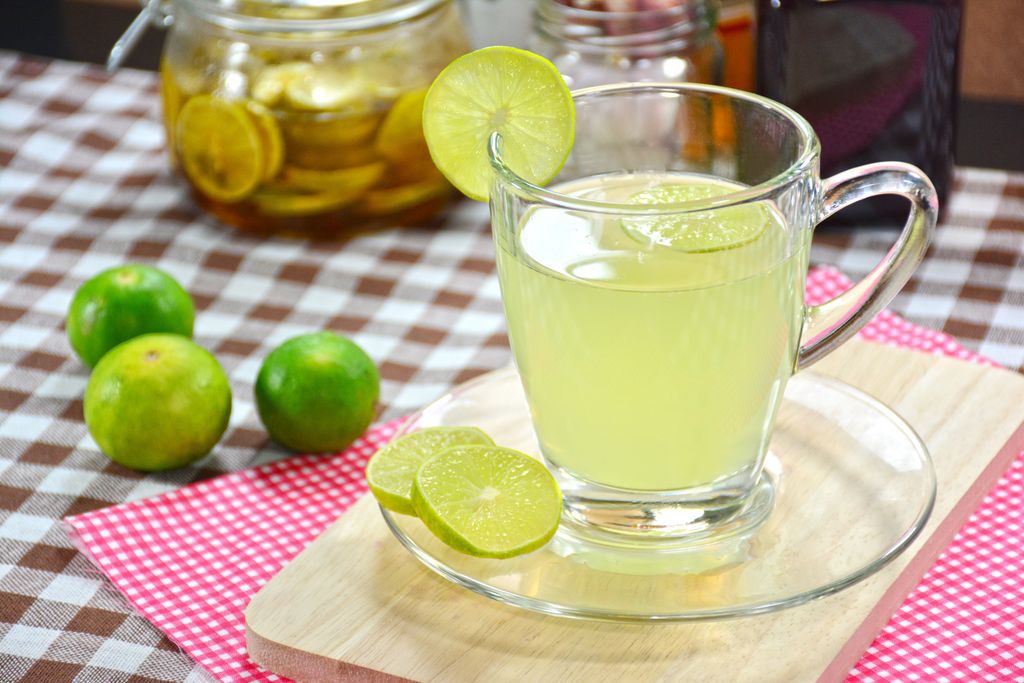Lime juice
Lime juice is a useful ingredient not only in exotic cooking recipes but suitable for giving an acidic touch to desserts and fish dishes.

Fresh lime juice is a versatile ingredient in the kitchen. In addition to cocktails, it can be used in various sweet and savoury recipes. A drink with appreciable nutritional values and low calories, let’s find out all there is to know about it.
What is lime juice
Lime juice is what is obtained by squeezing the relative fruit. Just like lemon, lime belongs to the large citrus family. It is smaller and rounder than this, and with a thin and more greenish rind. Its flavour is acidic and generally more bitter than that of lemons.
Nutritional values of lime juice and benefits
Rich in vitamin C and citric acid, water-soluble fibre and flavonoids, limes have an antioxidant function, strengthen the immune system and prevent certain heart diseases and certain types of cancer. They represent a natural gastric antacid and for this reason, they are useful in promoting digestion. Lime juice contains 25 calories per 100 grams. Source of water, it is free of cholesterol.
Recipes with lime juice
Ideal for cocktails – Mojito and Daiquiri in the first place – lime juice lends itself to completing several thanks to its acidic touch and fresh flavour. But precisely these characteristics make it an ingredient suitable for many dishes, especially for recipes of ethnic cuisine (in Thai it gives great goodies).
Lime juice is used to flavour main courses based on fish and shellfish or pasta dishes such as seafood risotto. It can be combined with fruit salads and used as a base for various sweet recipes such as sorbets, slushes, mousses, spoon desserts and even cakes. Finally, it can be combined with some sauces, such as mayonnaise, and fish marinades.




